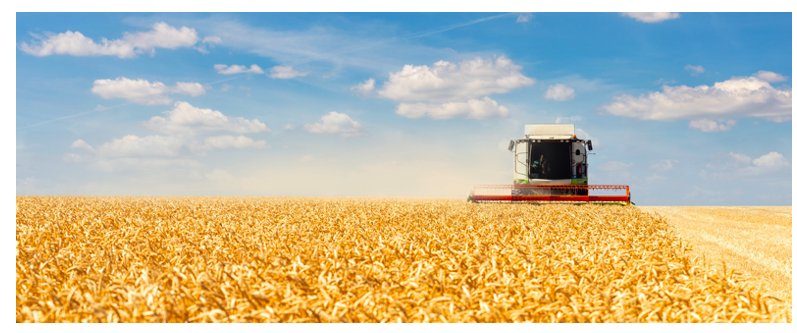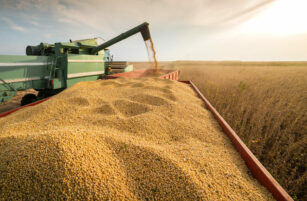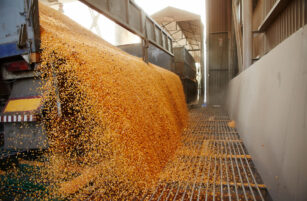Insight Focus
- La Niña has prompted widespread reductions to global grain production estimates.
- South America’s recent rains came too late to save yields.
- Dry weather should hit the region again soon, tightening global grain stocks.
Nixal’s Forecast
- Our price forecast for 2021/22 (Sep/Oct) Chicago corn remains unchanged in a range of 5.3 to 5.8 USD/bu.
- There’s an upside bias to this forecast as dry weather continues to hinder South American crop development.
- The average price since the start of the new crop is running at 5.67 USD/bu.
Nixal’s Market Commentary
Last week was positive for grains as major agencies (USDA, Conab, BAGE) cut South American soybean and corn production estimates.
Before the WASDE was published last Wednesday, corn and soybean pulled wheat higher as South America’s recent rains came too late to save yields. The Ukraine conflict also contributed to the rally.
When the WASDE landed, the main focus was on soybean stocks which were lowered by 25m bu. The world’s closing corn stocks were also cut by 850k tonnes on the back of lower production in Brazil. All other major producing countries were left unchanged.
With these adjustments, we still see a 10m tonne stock build globally, but it’s worth noting that the Southern Hemisphere’s first corn crop is the only one being harvested at present, and the bulk of global production is yet to be planted.
Elsewhere, Argentinian BAGE reduced its corn production forecast to 51m tonnes, down 6m tonne from their previous estimate and 3m tonnes from the February WASDE. This reduction comes as La Niña took its toll on yields.

On the wheat side, the WASDE showed higher closing stocks in the US, mainly due to reduced exports and slightly lower demand.
Global closing wheat stocks were put at 1.74m tonnes, with the bulk of the drop coming from a 2.2m tonnes production cut. The market wasn’t expecting the US’ or indeed the world’s ending wheat stocks to change. The yearly stock draw in wheat now sits at 11.7m tonnes globally, versus 8.9m tonnes in the January WASDE.
In China, the CASDE left its corn and soybean production numbers unchanged.
To summarise, the WASDE has confirmed the impact of dry weather in South America and leaves tighter global grain ending stocks. This has also been reinforced by other agencies in South America being more aggressive than the USDA in lowering their production forecasts. The short-term outlook doesn’t look better weather wise, with Southern Brazil expecting dry weather once again.
We may have some risk premium in the market due to the Ukraine crisis, which could bring some volatility, but overall, the market should remain supported.
Brazil’s soybean harvest reached 16.8% completion last week, up 13.2% year-on-year. Its first corn crop, on the other hand, is 14.6% harvested, and safrinha planting is 24% complete.

Other Insights That May Be of Interest…
La Niña and Fertiliser Crisis Still Concerning for Grains
Conflict Continues Between Key Grains Suppliers
The Russia and Ukraine Conflict is Bad News for Grains










